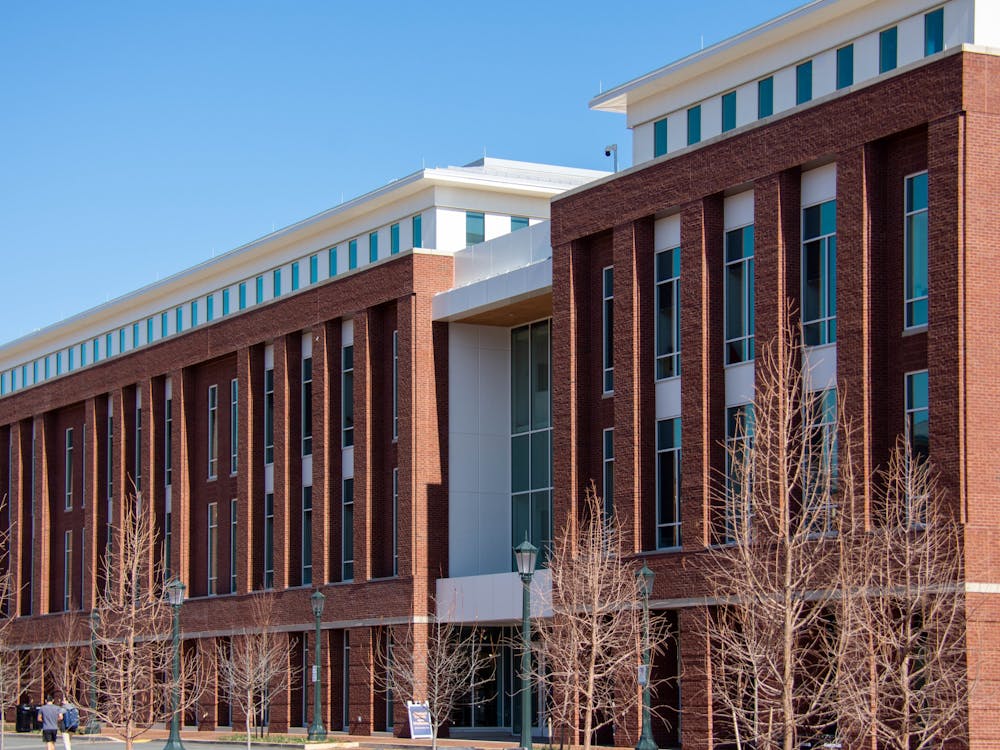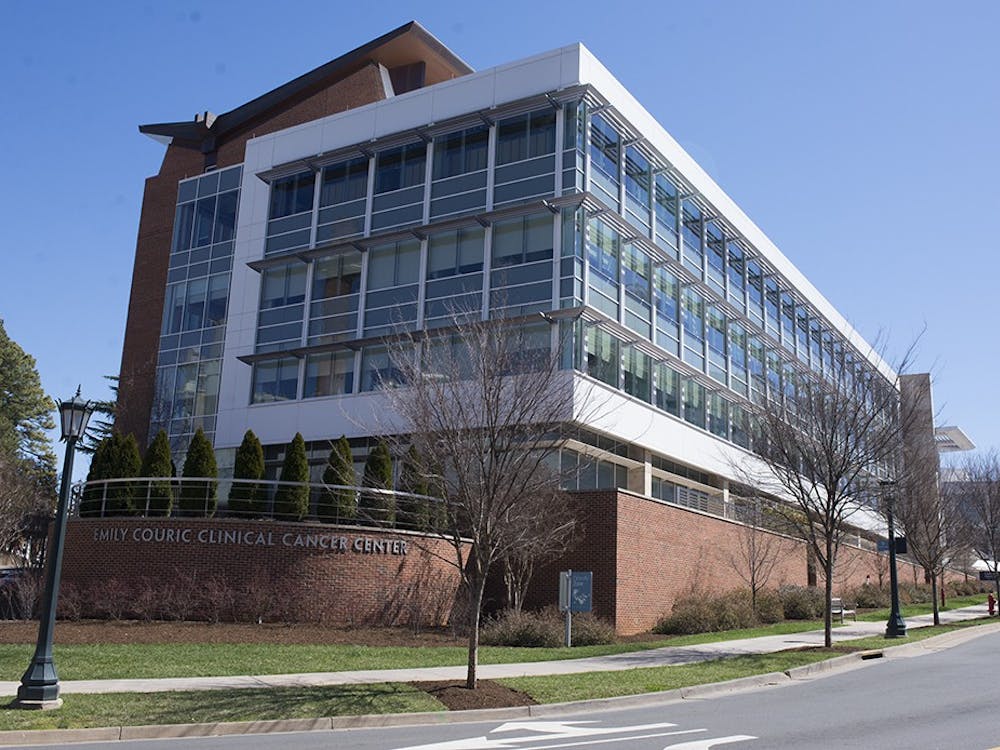Researchers have discovered a potentially beneficial immune response that occurs after a central nervous system injury. This discovery may change the way doctors treat brain and spinal cord injuries and could potentially help develop tools to predict how patients respond to treatments.
Dr. Jonathan Kipnis, a University professor of neuroscience and director of the Center for Brain Immunology and Glia, and Ph.D. student James T. Walsh were two co-authors on a recently published paper outlining the discovery.
The blood-brain barrier, which protects brain tissue from certain substances in the blood, has precise control over what enters and leaves the brain. This makes treatment of central nervous system injuries and diseases difficult. Most accepted treatment methods rely on immune suppression to decrease collateral damage in the brain. However, the exact mechanism has been misunderstood, as shown through recent work by Kipnis and Walsh.
“The immune system is a more interesting and easy target,” Kipnis said. “If we figure out how the brain recruits the immune system and how it is activated, then we can target it and intensify the whole response.”
In a series of two papers, Kipnis and Walsh published their discoveries about the role of certain immune cells in nervous system injuries, and a mechanism by which those immune cells protect injured CNS neurons. There is significant debate in the scientific community as to whether regulatory T cells — mediating cells in the immune system — are beneficial or detrimental when it comes to immune response to a CNS injury. According to Walsh, the previously accepted and only FDA approved method of treating these CNS injuries was to administer steroids to reduce inflammation and tissue swelling. These steroids are very potent immunosuppressants that wipe out regulatory T cells, strongly reducing the immune system’s response.
“By taking away these T cells completely, you’re allowing an excessive autoimmune response that destroys the neurons directly,” Walsh said. “Whereas, if you add back more regulatory T cells, you’re decreasing the protective response.”
Essentially, too few regulatory T cells would cause the immune system to act without any direction, and too many T cells would over-regulate the immune system and suppress any possible response.
Kipnis and Walsh studied this effect by inducing CNS injuries in mice and observing the response following the addition or removal of T cells. Their first paper outlines the “double-edged sword,” where the desirable outcome is to maintain a certain level of regulatory T cells to achieve a normal immune response.
The second paper outlines the discovery of the mechanism by which the brain communicates with the immune system during CNS trauma. The source was located in the deep cervical lymph node, where immune response is initiated. Lymph cells, called monocytes, receive messages from the brain signaling injury. After activation in the deep cervical lymph node, they release a molecule called interleukin 4 (IL4). By pinpointing the exact location where the brain’s signals are received, treatment can be targeted and the immune response can be amplified.
“The first story we’re looking at [is] regulatory T cells, how IL4 is able to induce these alternatively activated macrophages,” Walsh said. “[In] the second story, we show that IL4 is also acting directly on the neurons themselves which [increases] protective signaling … [and] protective response.”
Currently, diseases in which the CNS is targeted directly are untreatable.
“We know the mechanism now, how it gets triggered, what gets activated, and we can come up with ways to boost this response locally by targeting just the lymph nodes to produce IL4,” Kipnis said.
The research shows promise for future treatment of neurodegenerative trauma, with implications for Alzheimer’s disease, multiple sclerosis, Lou Gehrig’s disease and other degenerative conditions.
“If you can deliver IL4 in these models, you’ll have enhanced neuroprotective signaling directly on the neurons,” Walsh said. “A lot of science is pigeonholed into thinking it’s only applicable to one situation but I think with what we’ve shown there’s really the possibility that it can influence a wide variety of CNS trauma.”




